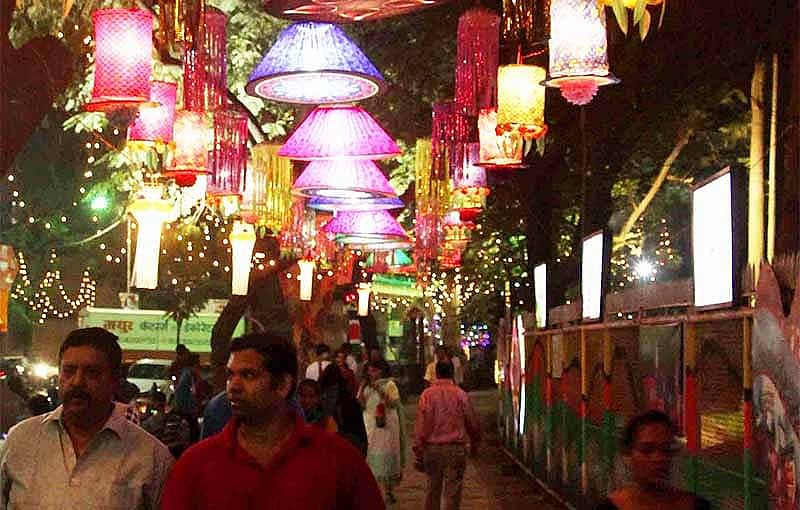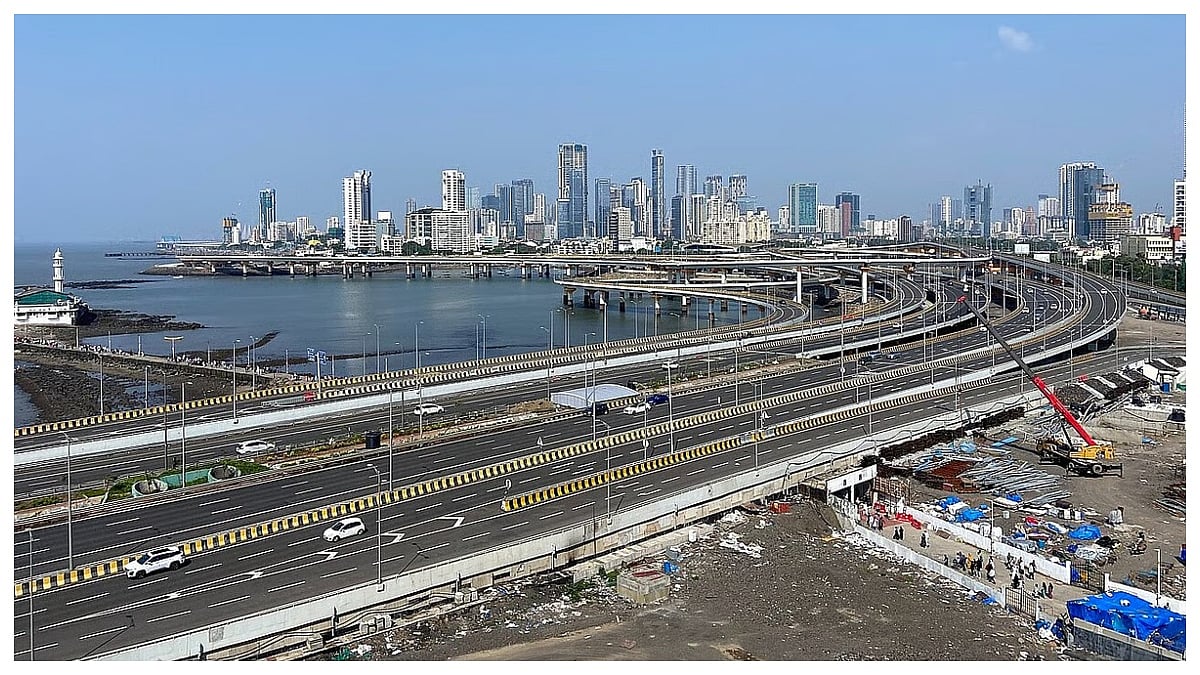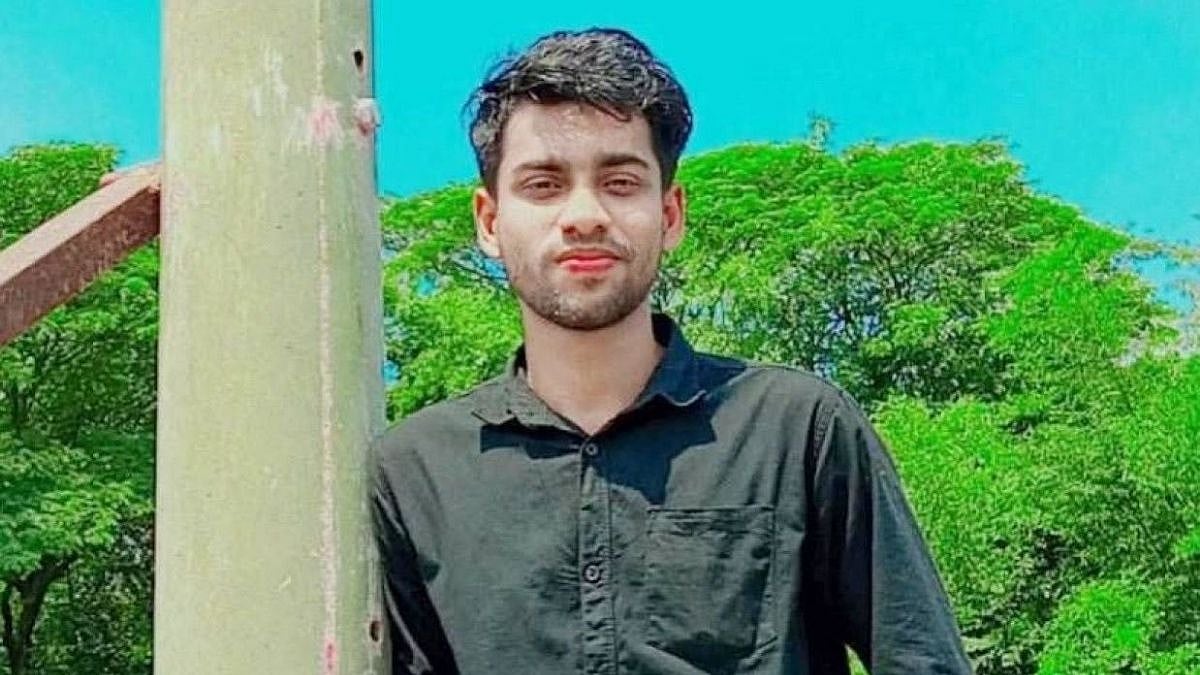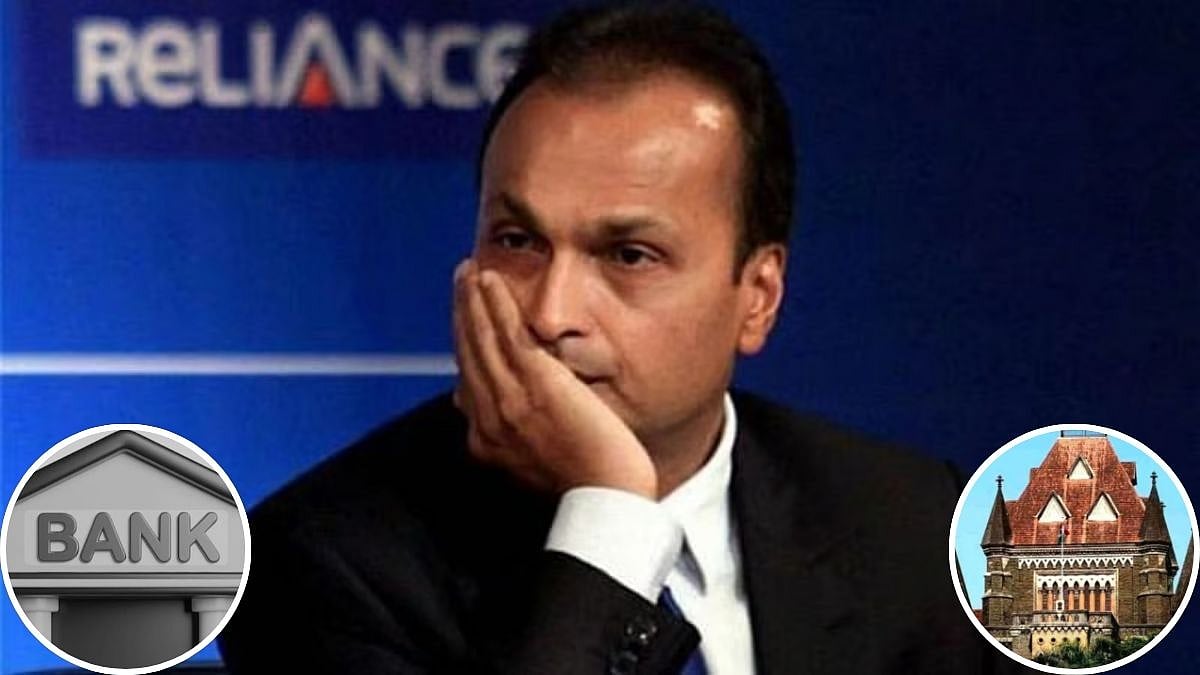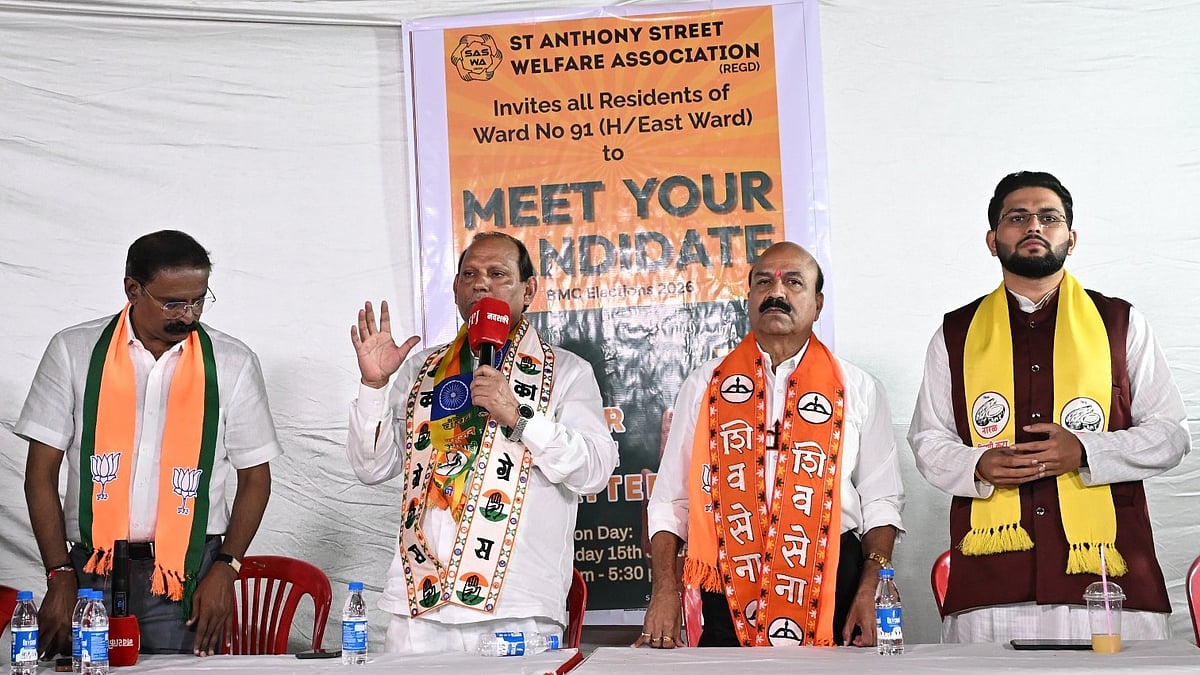Finally, there is some ‘airy tale’ this Diwali after BMC’s cracker ban. Despite the bursting of firecrackers on Saturday in some parts of the city, the overall air quality measured by System Air Quality Weather Forecasting and Research (SAFAR) under the Ministry of Earth Sciences on the Diwali day came out to be the second-best in the last six years. However, in spot air pollution levels on Diwali day, the Awaaz Foundation found higher levels of pollutants in certain areas. Sadly, Shivaji Park, Dadar topped the list.
The city's overall Air Quality Index (AQI) remained at a moderate 107 against the predicted 309 which comes under the very poor category. In a first-of-its-kind Citizens’ Science Project, the Awaaz Foundation measured spot air pollution levels in Mumbai on November 14, where only ‘green crackers’ were permitted . The PM 10 (particulate matter) and PM 2.5 (breathable particulate matter) was found to be much higher than the safe limit set by the Central Pollution Control Board (CPCB)and World Health Organisation (WHO).
According to Sumaira Abdulali, convenor of Awaaz Foundation, at SV Road, Vile Parle where readings were taken across the road from bursting Anars, PM levels increased instantly. "PM 10 increased from 102 to 200 µ/mg3 (micrograms per cubic metre) and PM 2.5 increased from 88 to 173 µ/mg3. At other spots along SV Road where firecrackers were absent, PM levels remained lower," said Abduali.
She added, "At Shivaji Park in Dadar, the only site where crackers were closely accessible, PM 10 level increased to 291 µ/mg3 and PM 2.5 to 251 µ/mg3.
The PM is a mixture of solids and liquids emitted directly from a source like firecrackers, or resulting from chemical reactions of other pollutants. PM10, the suspended particulate matter in the air; PM 2.5 the small size particulate matter inhaled into lungs were measured.
Internationally, WHO recommends safe particulate matter in air PM10: 50 µ/mg3 and PM 2.5: 25 µ/mg3. Whereas in India CPCB recommends safe particulate matter in air PM10 levels below 100 µg/m3 and PM2.5 is 60 µg/m3. Abdulali said, "Air pollution is a public health crisis. I have requested the Ministry of Environment, Forest and Climate Change (MoEFCC) and CPCB to conduct detailed site-specific studies to measure individual sources of air pollution similar to the noise pollution studies which they have conducted over the last decade. Spot air pollution studies would help identify individual sources of air pollution, augment the AQI readings of SAFAR and inform implementable action plans including site-specific planning and enforcement to control air pollution throughout the year.
